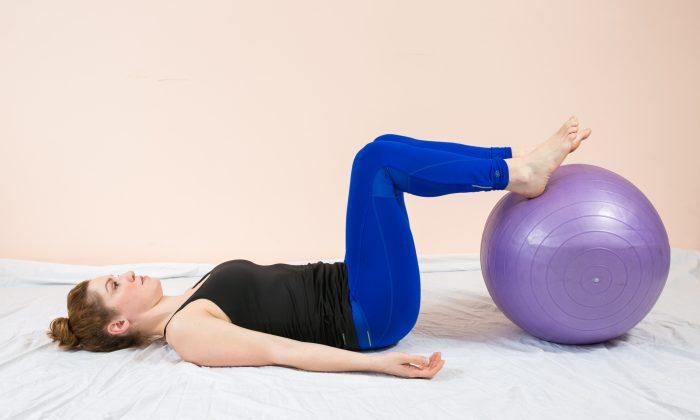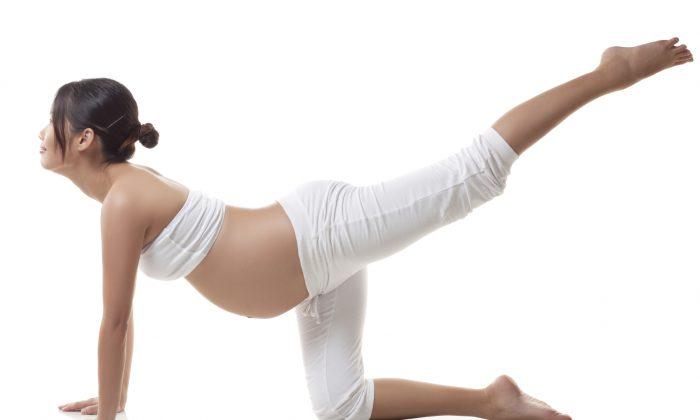A cesarean section is typically performed when complications with pregnancy make vaginal birth difficult or puts the mother or child at risk. This is a major surgery as a horizontal incision is made through the abdominal wall and uterus.
As a result of cutting through this tissue and sewing it back together, scarring occurs in the fascia, a connective tissue made primarily of collagen and interconnecting nerve pathways.
During healing, new collagen fibers grow in random patterns, which can form adhesions that attach to muscles, bones, tendons, and even organs. This causes an abnormal pull on the fascial network and can result in a loss of abdominal stability for the mother.
It can also directly affect the functioning of the neuromuscular system by sending abnormal signals to the brain. Thomas W. Myers, author of “Anatomy Trains, Myofascial Meridians for Manual & Movement Therapists,” describes a disruption in the fascial network like a snag in a sweater. The tug on the fascial net is communicated across the entire system.
It is therefore important to decrease scar tissue when retraining the abdominals after a cesarean. Once you have permission from your doctor, usually at the six-week mark, you should start gently massaging the area to break up the tissue and encourage oxygen flow in and toxin flow out.
Use your fingertips to move the tissue up, down, side to side, and also little circles. Try to gain movement in the direction the tissue tends not to want to go and more mobility in the stiffer areas. You can do this lying down on your back or seated with good posture.
Once you have massaged your scar for several minutes, concentrate on deep breathing with long exhales. Then you can progress to some light abdominal training to bring awareness to the area. But do not do crunches! This will not help you to regain intrinsic core stability. Instead try heel slides and ball rollouts.
Heel Slides
- Begin lying on your back with knees bent.

- Extend one leg by sliding the heel out along the floor and then back in to the starting position.
 Use your breath and maintain a stable neutral spine.
Use your breath and maintain a stable neutral spine.
Ball Rollouts
- Begin lying on your back with feet up on a stability ball and bent knees.

- As you press the ball away, engage your abdominals and maintain a stable neutral spine and then pull the ball back into the starting position.

- When it is time to get up off the floor, don’t try to get straight up, always roll to your side first.
Ashley Whitson is an ACE-certified personal trainer, Pilates certified instructor, pre/postnatal exercise specialist, Functional Movement Systems professional, Neurokinetic Therapy practitioner, and professional dancer in New York. For more information, see AshleyWhitsonPersonalTrainernyc.com.




Friends Read Free